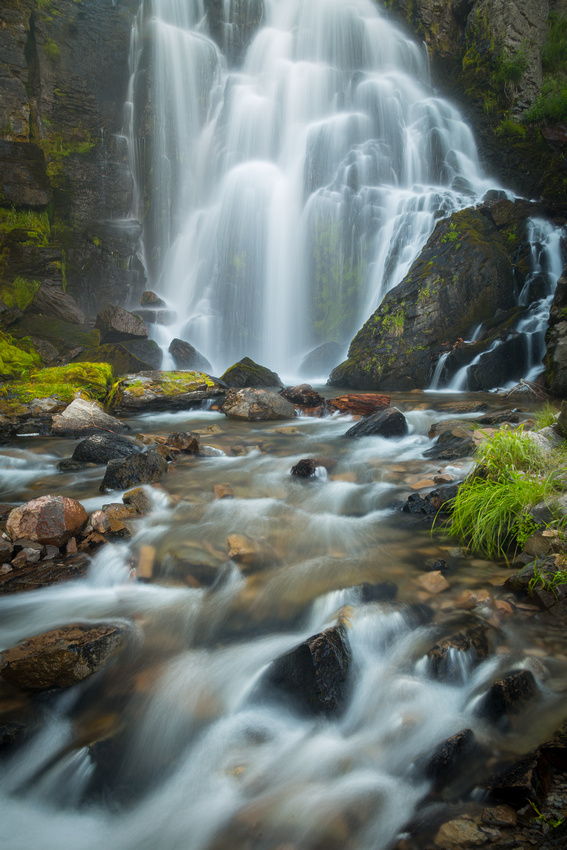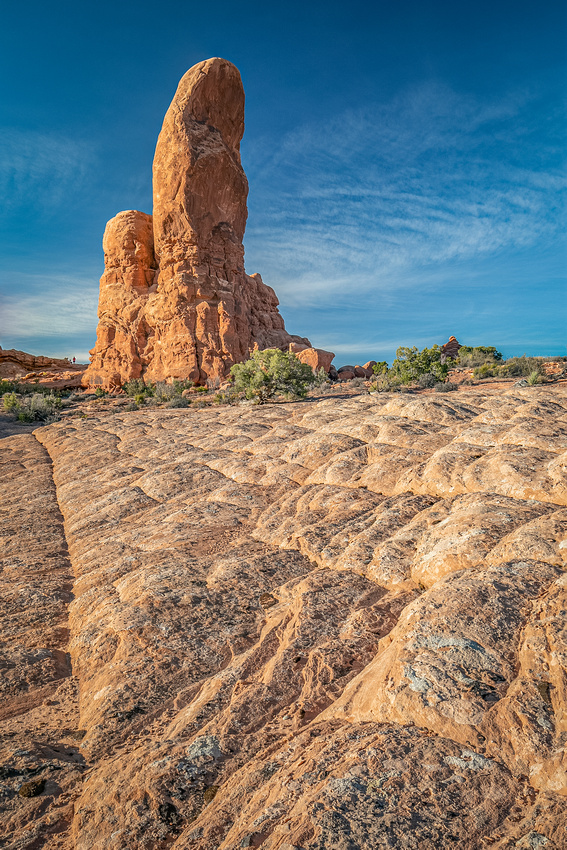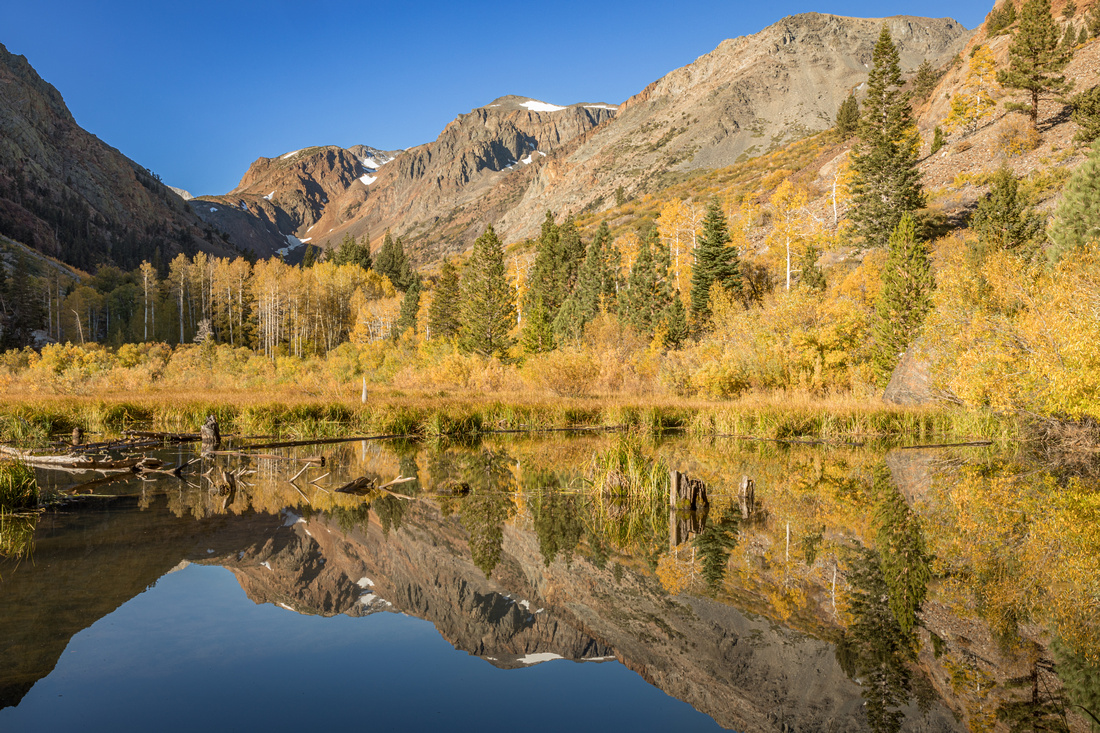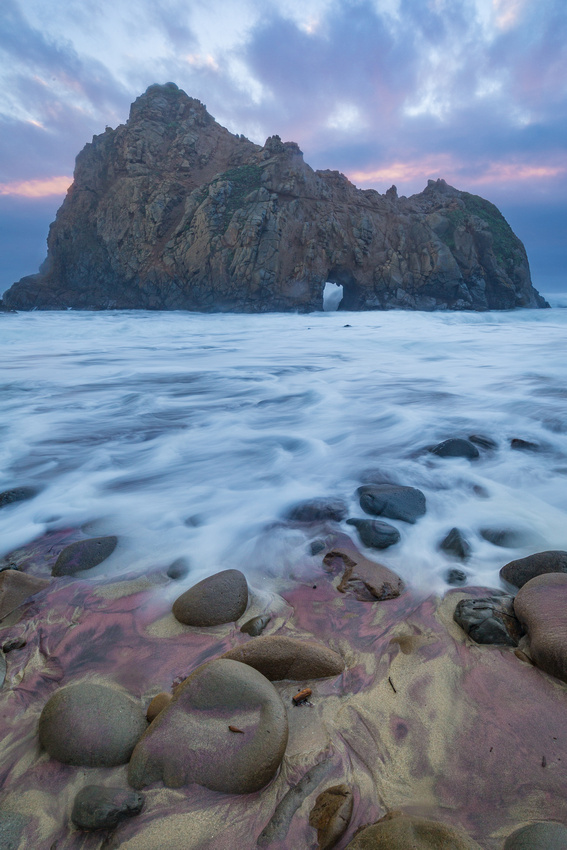Get Low
Get Low: How Getting Low Will Improve Your Compositions
Text and photos by Heather Cline
There is an endless supply of advice out there for getting the best nature images. It can become overwhelming to try to remember and include all of them. This post is about doing one simple thing. It doesn't require any special equipment. Heck - you can even do this with your smart phone! All you have to do is get low. Its such a simple technique that has a great return on investment. Here are some examples of why getting low will help your photographic compositions.
Creating Depth
Getting your camera lower to the ground means you are including more of the foreground elements, resulting in a separation between the foreground, middle ground, and background. This creates a three dimensional effect that makes the image more interesting and will hold a viewers eye long than a flat, two dimensional image.
|
|
Highlighting Movement
If you are shooting at a creek, river, lake, or beach, you have a prime opportunity to highlight the movement of water. You can use this as a leading line to pull the viewer in or give the illusion that the water is flowing right out of the frame.
 
Kings Creek Falls, Lassen National Park |
Accentuating Texture
Creating texture is a great way to pull a viewer in. You want them to "feel" whatever it is you are capturing. So - anytime you have an interesting texture in the foreground, you can capitalize on it by getting low and making sure the foreground is in sharp focus.
 
Arches National Park |
Maximizing Reflections
Reflections create symmetry which conveys balance and harmony that is pleasing to the viewers eye. You just can't go wrong with reflections. Getting low to include as much of the foreground as possible will help maximize reflections. Plus, if you have a beautiful scene, it's like getting two for the price of one!
 
Lundy Canyon, Eastern Sierras |
Expand the Foreground
Getting low to the ground is all about incorporating the foreground elements of an image, but when shooting wide angle, you can also create the illusion that whatever is in the foreground is larger than it actually is. It's a cool optical illusion that yield excellent compositions.
 
Pfeifer Beach, Big Sur |
These are just a few reasons why getting low will help improve your images composition. While there are other components to creating great images, composition is key and being able to harness it will go a long way towards mastering nature photography.
